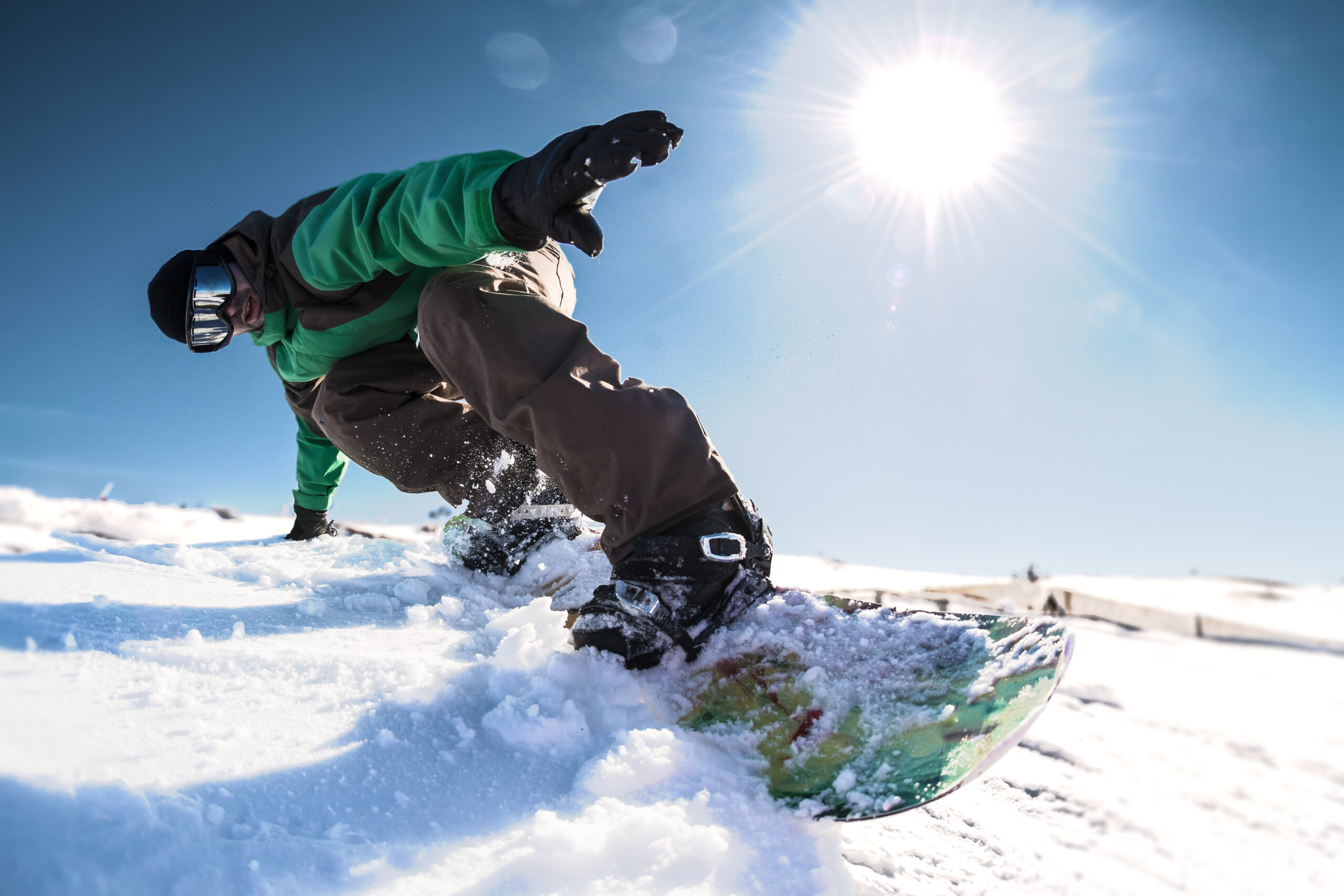Snowboarding is one of the most exhilarating sports out there. Whether you’re carving down fresh powder, hitting jumps, or just learning to stay upright, there’s always something new to master on the slopes. I’ve been snowboarding for years, and every time I strap in, I find new ways to challenge myself. Whether you’re a beginner just getting started or an experienced rider looking to refine your skills, here are some essential techniques that can help you improve your snowboarding game.
Getting Started: The Basics
Before you can master the slopes, you need to build a strong foundation. If you’re just starting, the first step is getting comfortable with your snowboard and understanding the basics of stance, balance, and movement.
- Find Your Stance: The first thing you need to figure out is whether you’re regular (left foot forward) or goofy (right foot forward). The easiest way to determine this is to think about which foot you’d naturally lead with if you were sliding on ice.
- Learn to Glide: Before hitting the slopes, practice strapping into one foot and pushing yourself on flat terrain like you would on a skateboard. This will help you get a feel for balance and control.
- Master the Falling Leaf Technique: This is where you slide down the slope in a controlled zig-zag pattern using only your heel or toe edge. It’s an important skill that helps build confidence before attempting full turns.
Improving Your Turns: Linking Turns Smoothly
Once you’re comfortable balancing and stopping, the next big step is learning how to link turns. Smooth, controlled turns are key to navigating the mountain effectively.
- Use Your Shoulders: Your upper body plays a big role in steering your board. Where your shoulders go, your board will follow. Start your turn by rotating your shoulders in the direction you want to go.
- Shift Your Weight: Turning is all about shifting your weight between your toe and heel edges. Lean gently into your turns without overcompensating.
- Look Ahead: One of the biggest mistakes beginners make is looking straight down at their board. Keep your eyes on where you want to go, and your body will naturally follow.
Carving Like a Pro
Carving is one of the most satisfying techniques in snowboarding. Instead of skidding through turns, carving involves using the edges of your board to create smooth, powerful arcs in the snow.
- Commit to Your Edge: A proper carve requires you to trust your edge and lean into it more aggressively than with normal turns.
- Bend Your Knees: Keeping your knees bent and staying low will give you better control and stability.
- Increase Speed Gradually: Carving works best at higher speeds, so start slow and gradually build up your confidence.
Taking on the Terrain Park
If you’re ready to take your snowboarding to the next level, the terrain park is where you can start learning tricks and jumps.
- Start Small: Before hitting big jumps, get comfortable riding over small features like rollers and boxes.
- Master the Ollie: The ollie is the foundation for almost all jumps and tricks. To perform one, press down on your back foot and pop the board off the ground.
- Keep Your Knees Soft: Absorbing landings with your knees is crucial for maintaining control and preventing injury.
Riding in Different Conditions
Snow conditions can change drastically, and adapting your technique is key to maintaining control and having fun.
- Powder: Riding in fresh powder feels like floating, but it requires a slightly different stance. Shift your weight slightly back to keep the nose of your board from sinking.
- Ice: Icy slopes are unforgiving, so use sharp edges and keep your movements subtle to maintain control.
- Slush: Slushy conditions can be unpredictable, so stay light on your feet and be ready for sudden changes in texture.
Final Thoughts
Snowboarding is all about progression. No matter your skill level, there’s always something new to learn, whether it’s refining your turns, improving your balance, or pushing yourself in the terrain park. The most important thing is to have fun and challenge yourself at your own pace. With practice, patience, and a willingness to take a few falls along the way, you’ll be carving up the slopes like a pro in no time.
